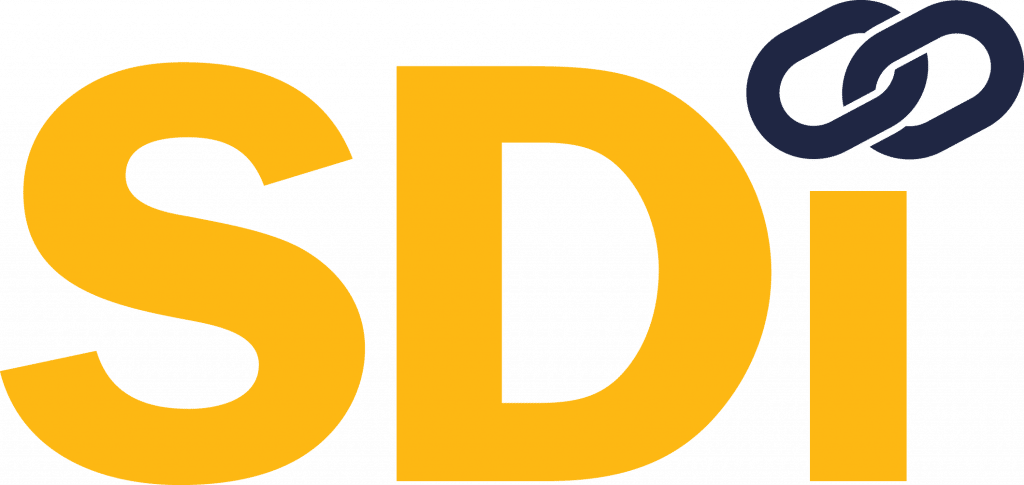With supply chain managers continually scraping to make their operations more strategic and less transactional, most have by now embraced the need for comprehensive equipment bills of material (BOM). An equipment BOM is both a shopping list and a recipe for cooking up an efficient maintenance, repair, and operations menu that keeps production rolling along. As maintenance becomes more predictive and proactive, the cost of downtime skyrockets, and equipment complexity grows exponentially, effective BOM management is more critical than ever. Understanding which consumables and replacement parts are critical and how, when, and from whom to acquire them can be the difference between profitability and disaster.
The Benefits of Proper BOM Management
A comprehensive BOM benefits organizations in four key areas:
- Uptime – An accurate BOM helps warehouse supervisors know where each component and spare part is located. When something breaks or wears out, the replacement part can be accessed and delivered quickly to where it’s needed, thus minimizing production line downtime. Equipment BOMs also can aid in planned maintenance by including tasks as well as parts. When maintenance is scheduled, all the needed replacement components can be line-sided in advance and the maintenance technicians can review the task list to ensure they are prepared when the line goes down.
- Repair costs – BOM management systems make companies’ mechanics more adept. In creating BOMs, organizations develop complete documentation of their equipment and assemblies. This gives technicians the insight they need to make more repairs. Strong BOM files and spreadsheets will include precise part specifications, manuals, schematics, and other resources in-house repair people can call upon to make fixes faster and with fewer overtime hours needed.
- Inventory – A properly implemented BOM management process will identify each spare part by the equipment it belongs to. If a piece of machinery is taken out of commission, then it’s an easy task to remove its replacement parts from the warehouse, which will make room for current materials and eliminate carrying costs for obsolete inventory. More commonly, BOM management forces organizations to determine which parts are critical and must be inventoried on site and which can be ordered as needed. This advantage gets leveraged in other parts of the company, as procurement, accounting, reconciliation, and other processes can use the BOM inventory data stored in the CMMS.
- Supply chain – BOM management gives manufacturers the opportunity to evaluate their entire process for efficiencies and to strengthen relationships with critical vendors and suppliers. A robust BOM procedure can improve relationships with suppliers, which could lead to customized or standardized components that can be used throughout the organization. The opportunity to use substitute parts or even to consolidate suppliers can engender significant cost reductions. BOM streamlines supply and makes operations more efficient overall.
Equipment BOM Best Practices
BOM facilitates MRO by consolidating parts and material data where it can be easily accessed and analyzed. But it can only be effective if the data itself is accurate, consistent, and complete.
A list of part descriptions is useless unless it includes information on where each part came from, how to order it, and how it is used on the production floor. A strong BOM program will ensure the bill uses consistent taxonomies to describe:
- Part numbers
- Locations
- Vendors
- And more
This is not a set-it-and-forget-it process. The BOM should be revisited and updated regularly. Make it a practice to upload BOM data as soon as the decision is made to buy, overhaul, or update machinery. Strive to have it completed before the piece is renovated or delivered.
BOM management does not stop at simply listing the parts needed to keep a machine running. Perhaps more important is qualifying each part for its criticality. The warehouse does not have unlimited space to stock every nut, bolt, tube, motor fan, or other machine components. Keep the parts that are instrumental for the equipment’s operation and that cannot be procured quickly. Make a plan for getting the lesser parts through:
- Vendor stocking
- Off-the-shelf-purchases
- Other less immediate sourcing
Deciding which spares to keep on hand should be a function of how often they break or wear out and what it costs – in terms of downtime, lose orders, etc. – when they do fail.
Keeping parts data clean and properly categorized requires a BOM management system that exercises control over the bills’ access. Centralizing the BOM prevents unauthorized access and alteration of the data and establishes a protocol for updating the information. Centralization also makes for streamlined collaboration among MRO decision makers, the maintenance department and affiliated departments. The gatekeeper can provide the updated files to those who need to access them on a case-by-case basis, maintaining tight control over the data.
When to Seek Help
The risks associated with lax BOM management are too great to leave to chance. Some companies may not feel confident that they’re able to do the job properly in-house, in cases like this, a professional supply chain service provider may be best solution. The cost can be minimal, compared to not having a replacement on hand when a critical part fails. Often, the routine tasks associated with building and maintaining a BOM database requires assets companies cannot afford to invest in. A managed data service provider can track down the information, keep it current, collated, and available, as well as help to decide which parts should be kept on-site and which can be retrieved by other means.
SDI has the expertise to determine what should be included in each BOM. We customize databases and procurement protocols, working with the client to make the decisions on stock and non-stock items, vendor selection and consolidations, KPIs, taxonomy, and more.
Learn more about how SDI’s BOM services can optimize your productivity or contact us for more information.





